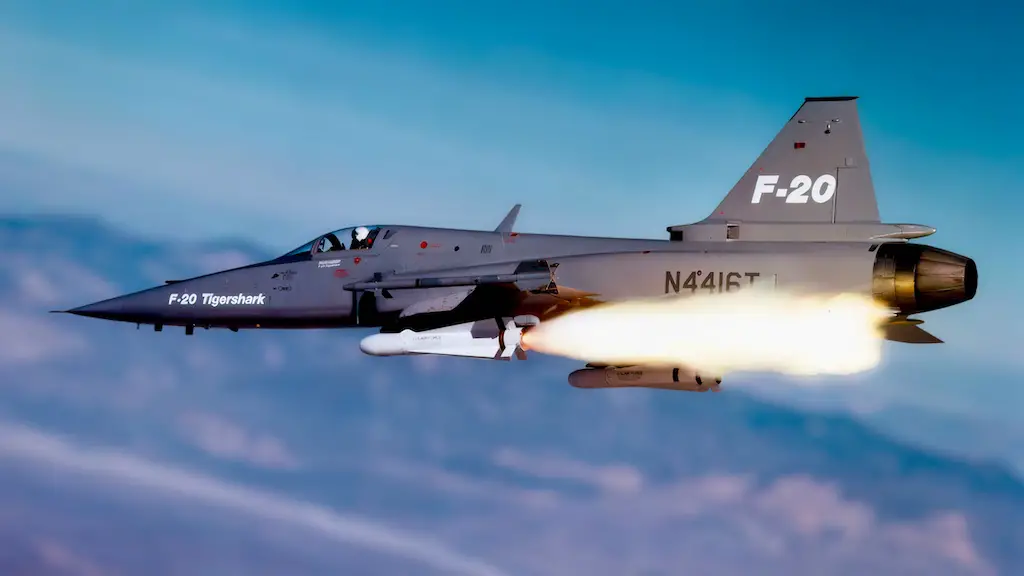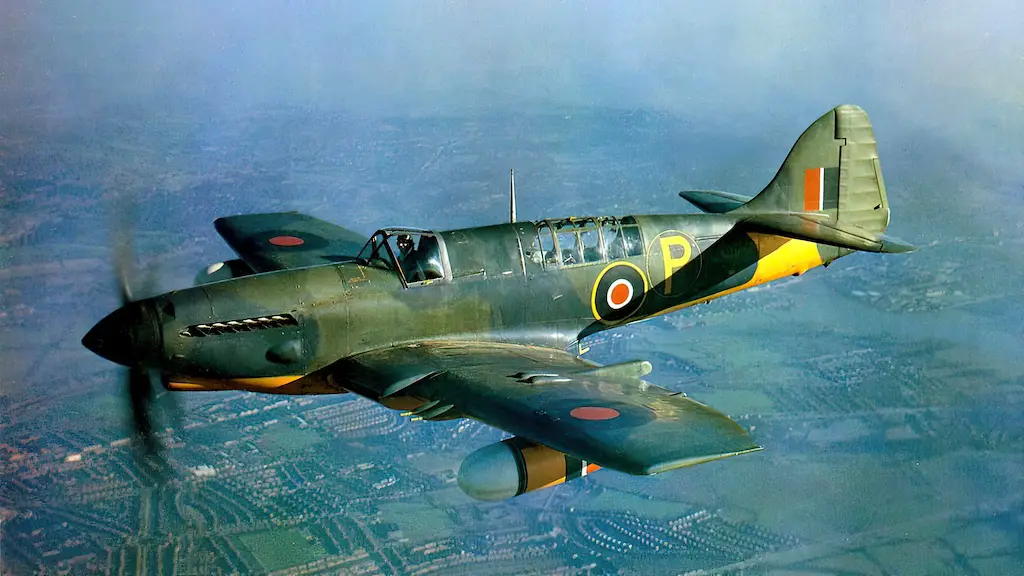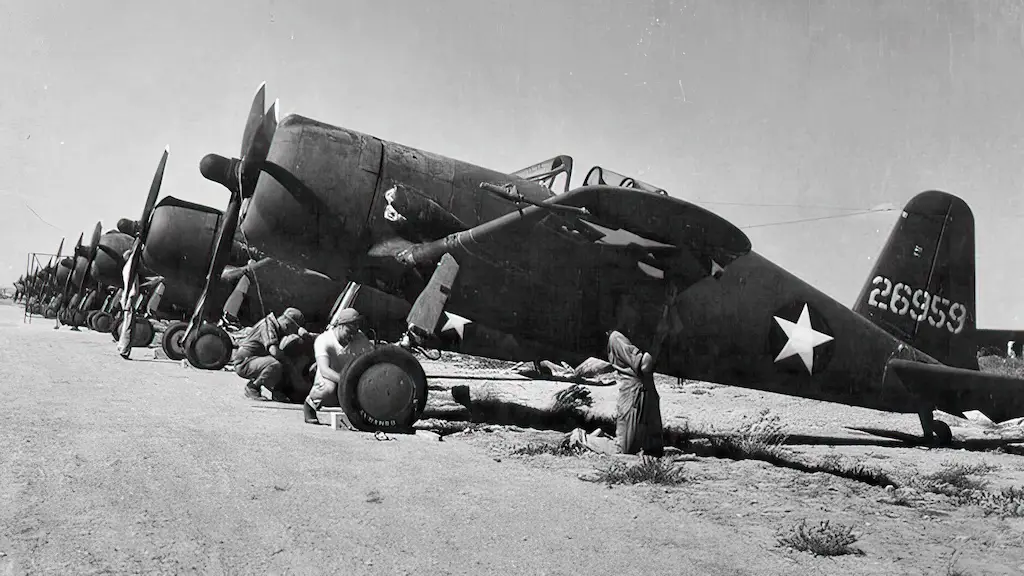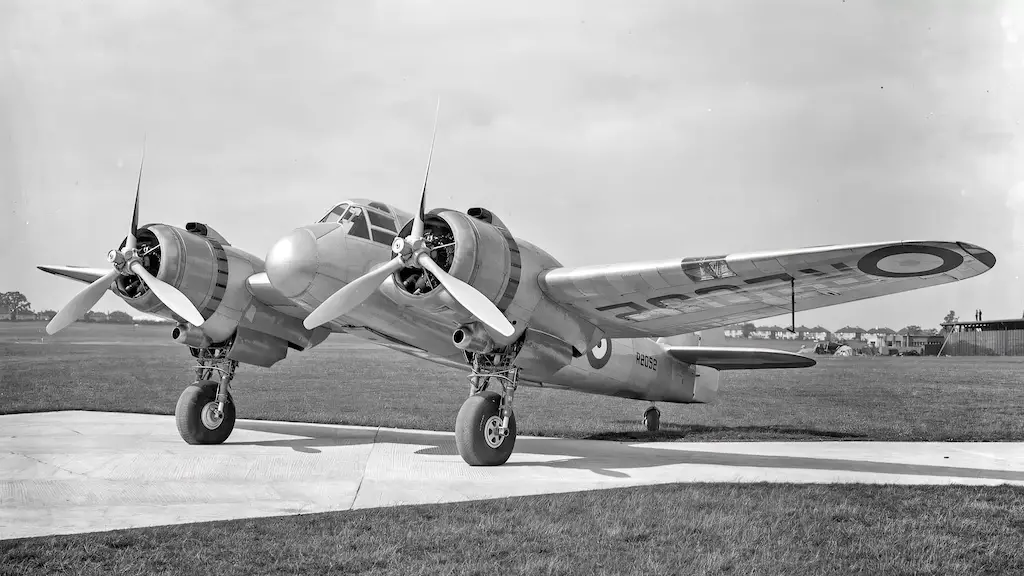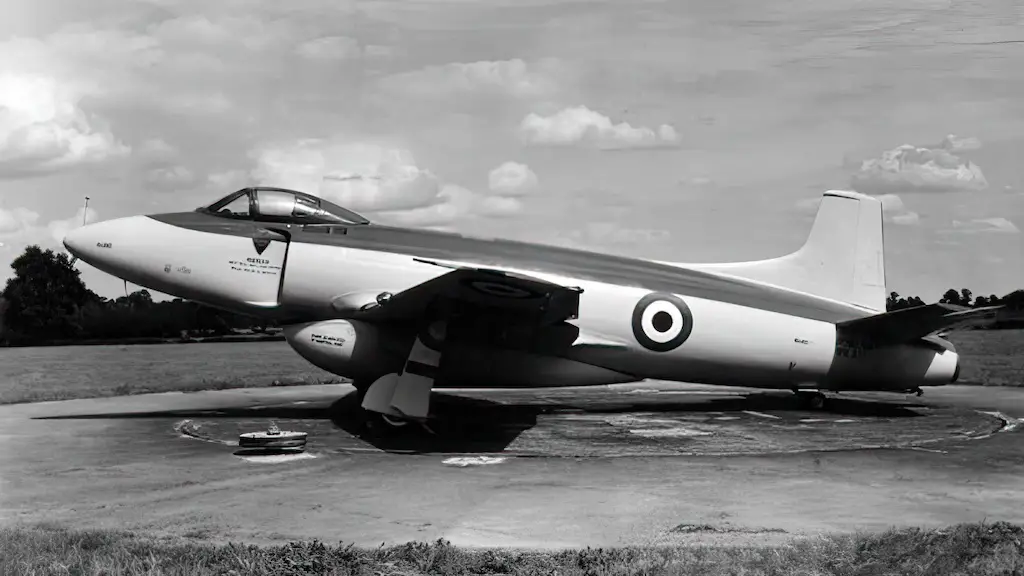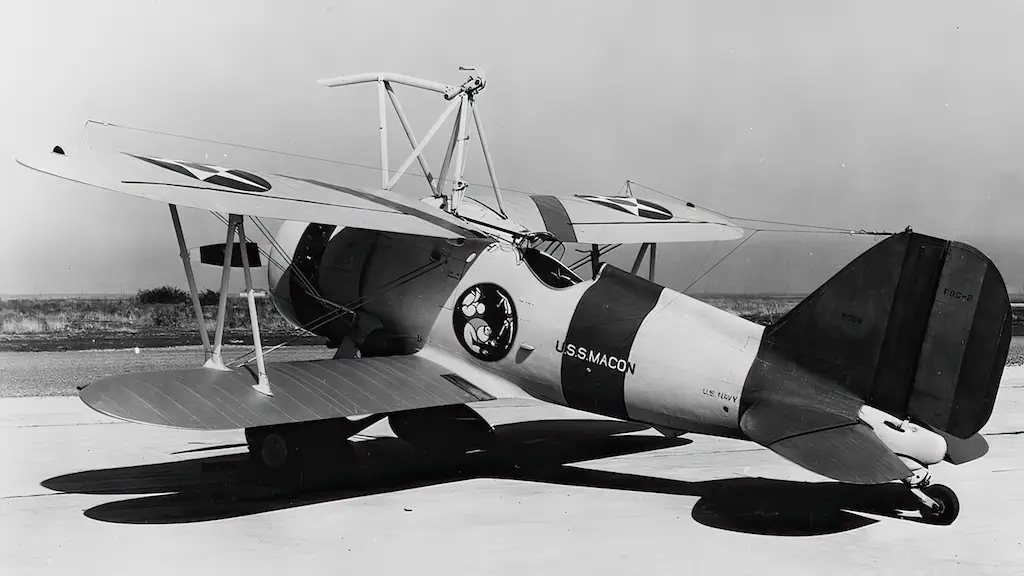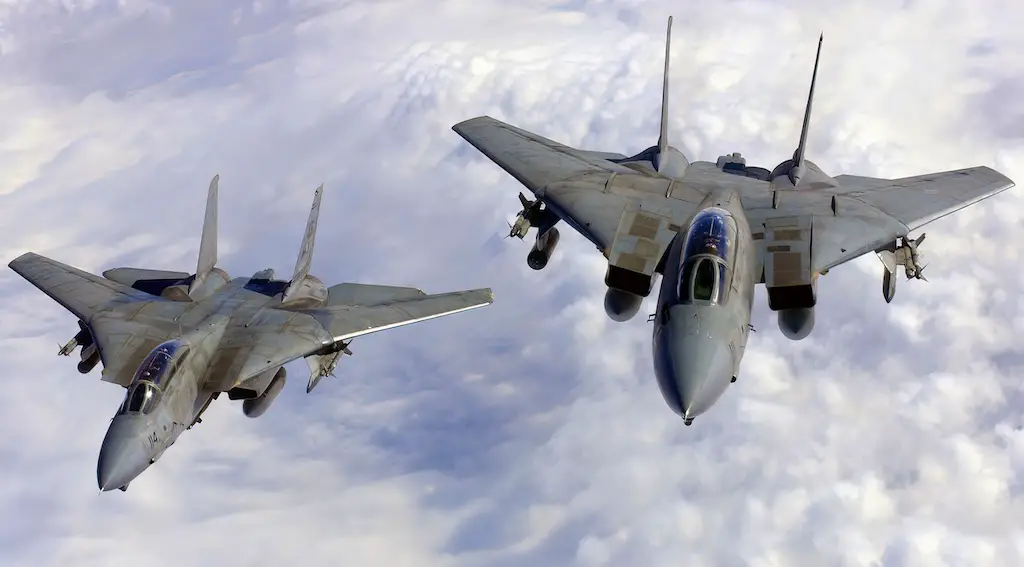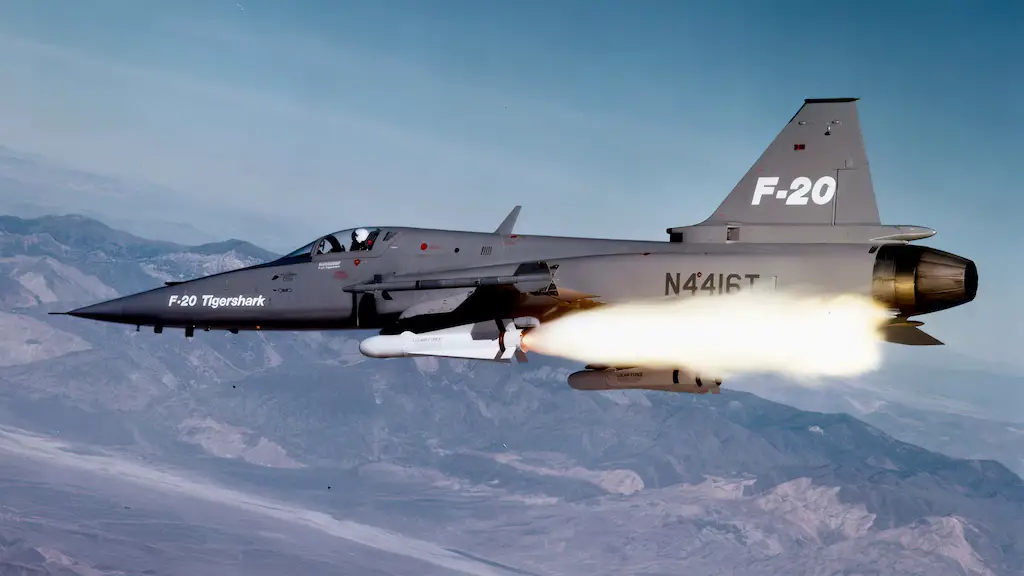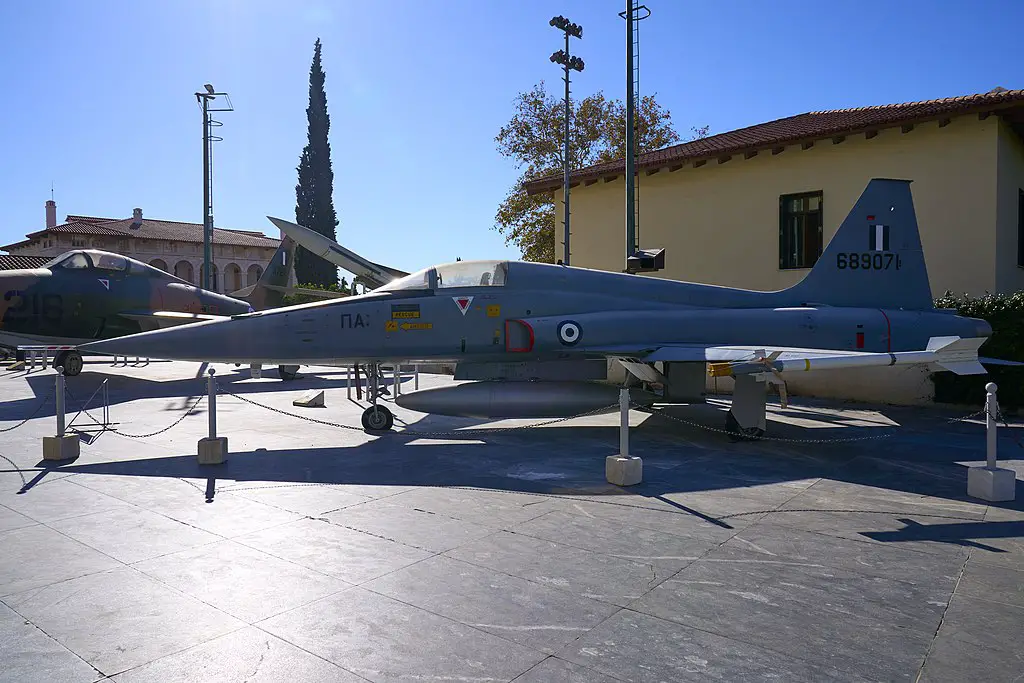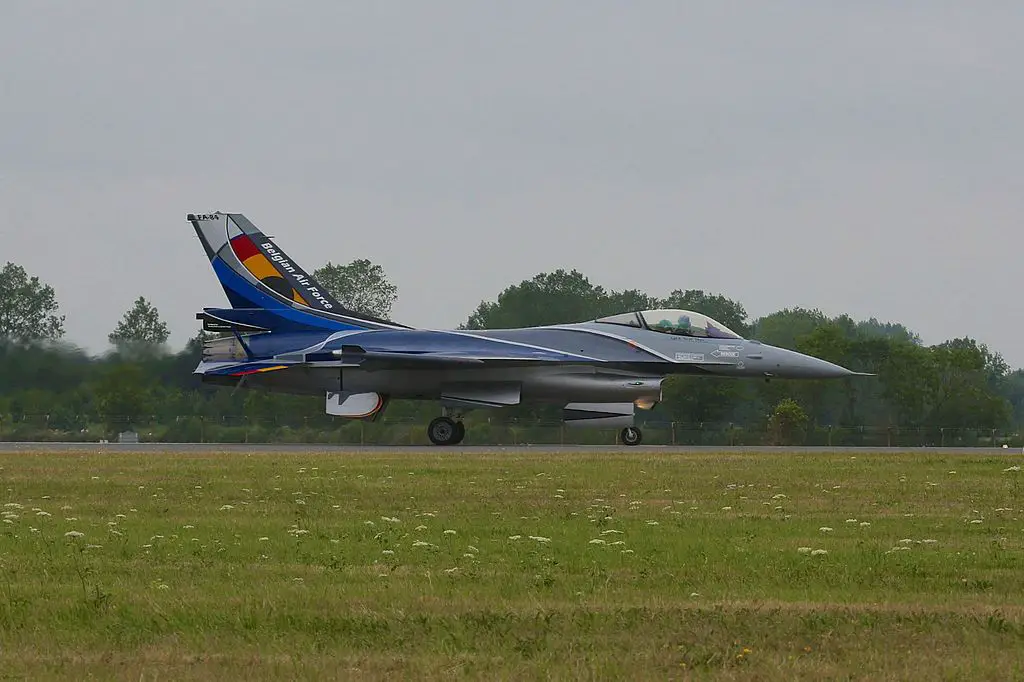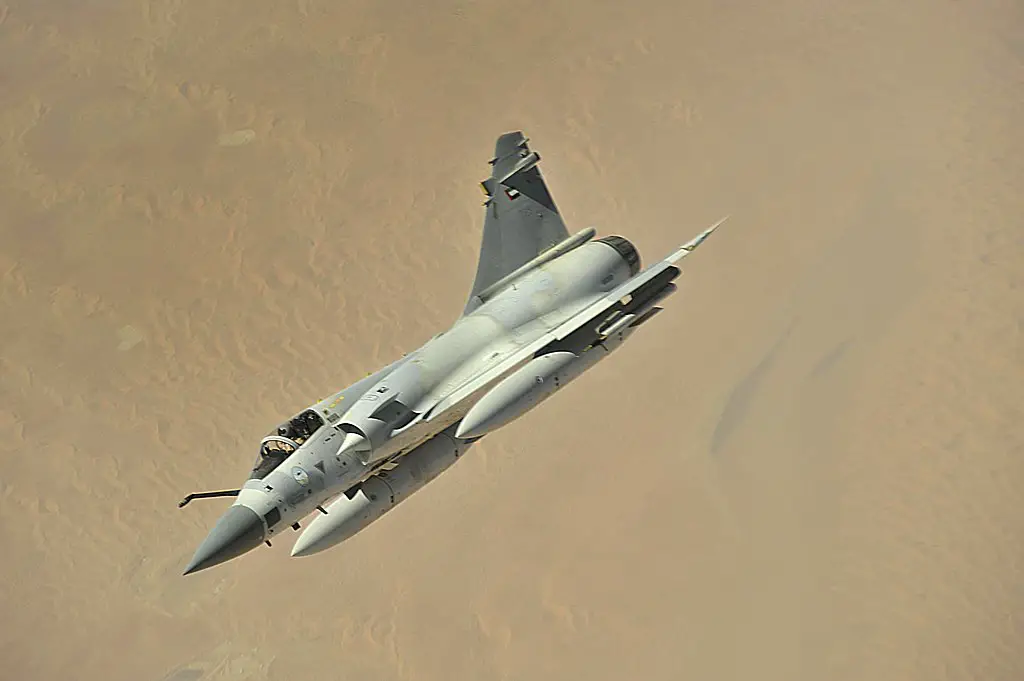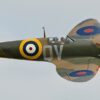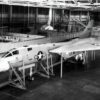The F-20 Tigershark was a top-notch fighter jet crafted to enhance the F-5 model. Northrop Corporation developed it in the 1980s, making it remarkable with advanced avionics, state-of-the-art weapons systems, and a powerful engine. The F-20 was sleek and robust, almost resembling an F-5 fighter jet on steroids. It was truly a marvel in aviation that pushed boundaries and raised standards. However, despite being poised as a major player in the global fighter jet market, military clients failed to warm to it, and the program had to be shelved.
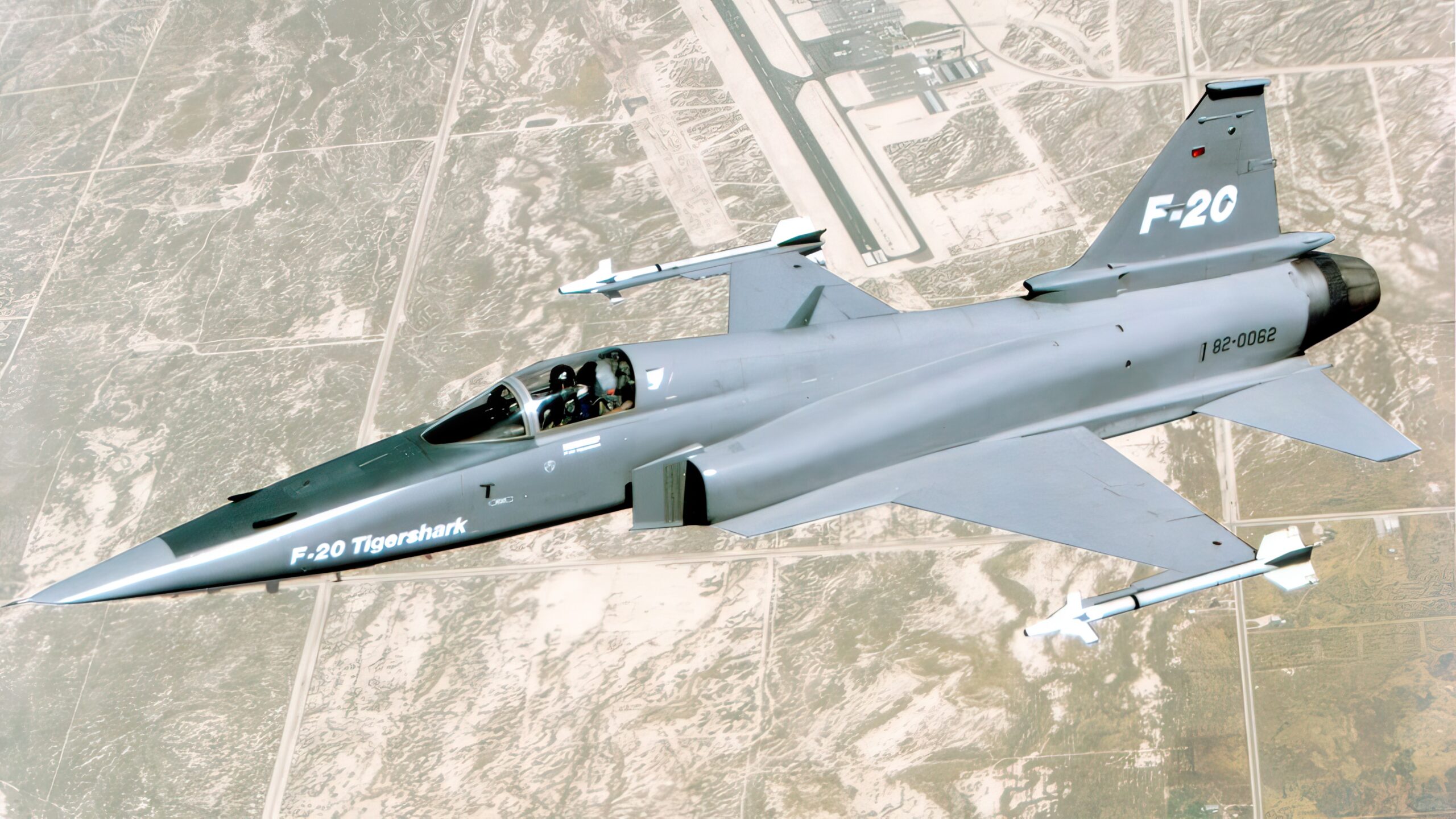
A significant upgrade
The F-20 Tigershark was an upgraded version of Northrop Corporation’s F-5 Freedom Fighter craft, designed to be a lightweight, affordable fighter jet that could be exported internationally. Northrop had plans to sell to countries like Taiwan, South Korea, and others looking for a modern fighter that fit their budget.
One of the F-20 design’s standout features was its digital fly-by-wire control system, allowing exceptional handling and maneuverability. It also included a more robust engine than its predecessor, giving it a higher speed and better climbing capabilities. Additionally, the F-20 incorporated some stealthy features to reduce its radar cross-section and utilized materials that absorbed radar.
Any buyers?
The F-20 Tigershark completed an extensive flight testing program during development. In August ’82, the first prototype flew out of California’s Edwards Air Force Base, topping 20,000 feet & Mach 1.4 in its maiden 35-minute voyage. In the next couple of months, the prototype was put through handling, performance, and system tests. November saw it hit Mach 2.05 during a maximum speed attempt, plus discrete demonstrations of avionics, weaponry, and stealth in-flight.
Apart from tests in the US, the F-20 also had demos in countries including South Korea, and Switzerland to drive sales. The high-speed performance, high-G turns, low-level flights, and handling impressed potential buyers during these showcases.
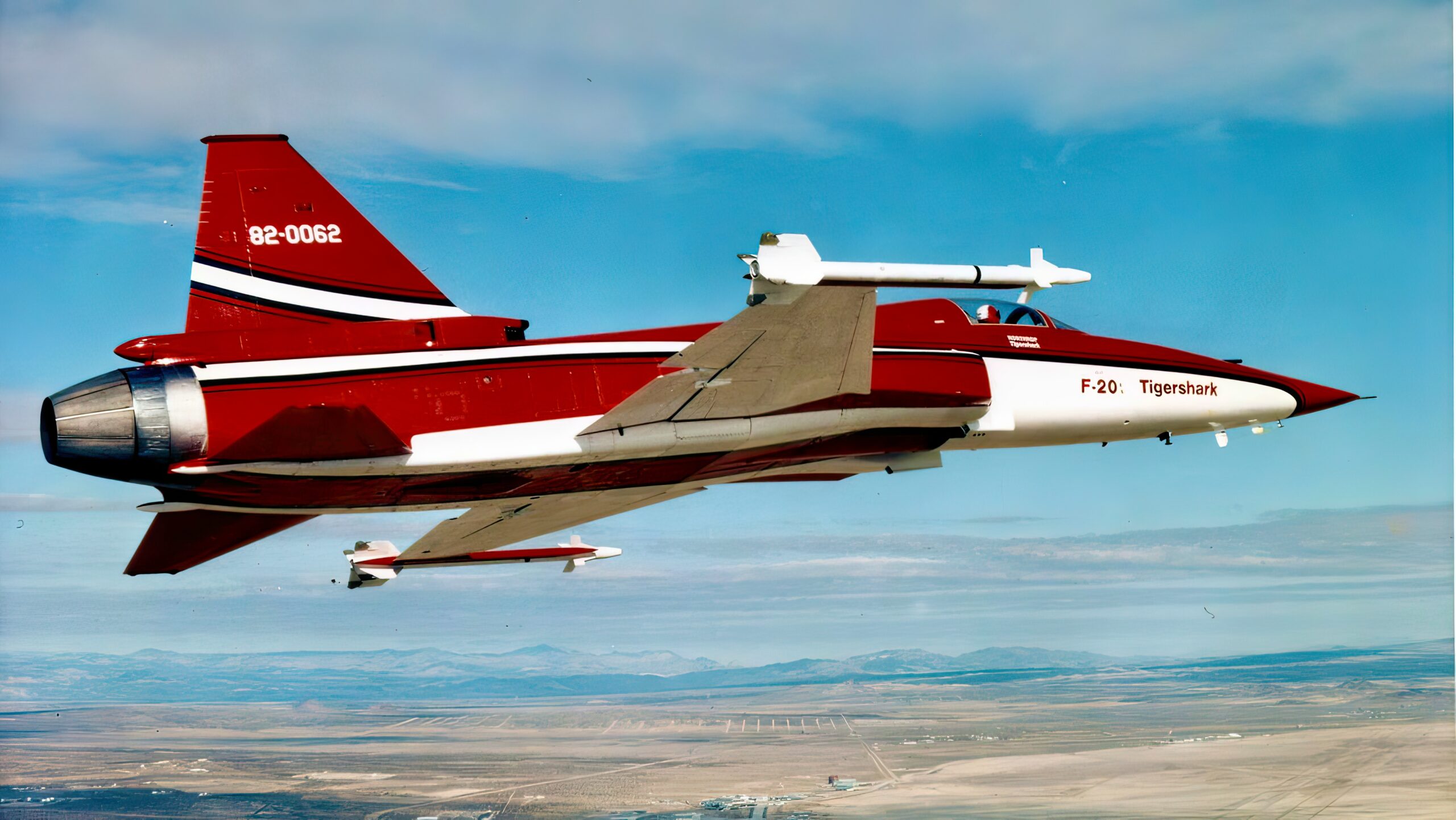
Overshadowed by the competition
The F-20 Tigershark project faced a variety of challenges that ultimately led to its cancellation. The intense competition in the global market for fighter jets was a key factor, as the F-20 encountered tough competition from other popular models like the F-16 and Mirage 2000. Many potential buyers opted for these established designs, which were considered safer and more reliable.
Political pressure also contributed to the F-20’s downfall. The US government was worried that the F-20 could undercut the more expensive F-16, which was produced by General Dynamics, a US company. Additionally, there were concerns about selling advanced military technology to certain countries, such as Taiwan, a top prospective buyer for the F-20. This undermined Northrop’s marketing efforts and led to limited sales.
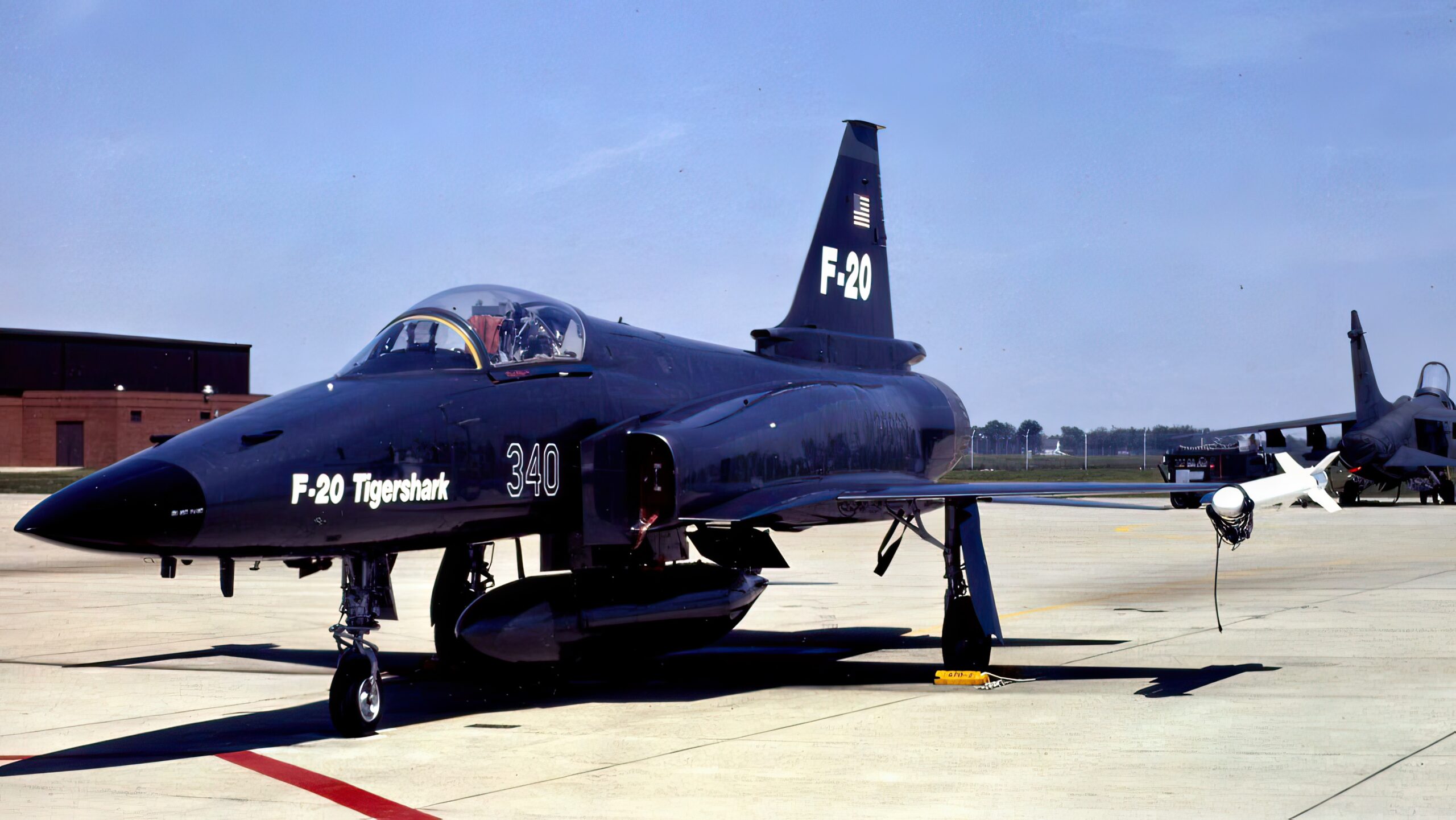
Economic factors also played a role in the program’s demise. Northrop invested heavily in developing the F-20, but without significant orders, this investment was unlikely to be recouped. On top of that, the high cost of production made it tough to compete with other established models that had already achieved economies of scale.

